In the unfortunate event of an auto accident, understanding the process of filing an insurance claim is crucial for a smooth and successful resolution. This comprehensive guide delves into the intricacies of auto insurance claims, providing valuable tips and insights to ensure a hassle-free experience.
From gathering essential information and understanding policy coverage to documenting the incident and communicating with the insurance company, we’ll cover every aspect of the claims process. Additionally, we’ll explore strategies for preventing future claims, empowering you to safeguard your vehicle and maintain peace of mind on the road.
Gathering Essential Information

Submitting a comprehensive and accurate auto insurance claim is crucial for a smooth and timely settlement. To ensure you have everything you need, follow this checklist and gather the essential documents and information:
Documents and Information
- Insurance Policy Information: Retrieve your insurance policy number, coverage details, and contact information of your insurance provider.
- Personal Information: Gather your driver’s license, vehicle registration, and proof of insurance.
- Vehicle Information: Note down your vehicle’s make, model, year, license plate number, and VIN (Vehicle Identification Number).
- Accident Details: Record the date, time, and location of the accident. If possible, obtain a copy of the police report.
- Contact Information: Collect the names, addresses, phone numbers, and insurance information of all parties involved in the accident, including drivers, passengers, and witnesses.
- Damages and Injuries: Take photos of the damages to your vehicle and any injuries sustained. Seek medical attention if necessary and keep copies of medical records and bills.
- Evidence: Gather any additional evidence that may support your claim, such as traffic camera footage, dashcam recordings, or witness statements.
Importance of Collecting Evidence
Collecting comprehensive evidence is vital for a successful auto insurance claim. Here’s why:
- Accurate Assessment: Detailed evidence helps the insurance adjuster accurately assess the extent of damages and injuries, ensuring a fair settlement.
- Credibility: Supporting evidence strengthens the credibility of your claim, making it more likely to be approved.
- Faster Processing: Providing ample evidence upfront can expedite the claims process, leading to a quicker settlement.
- Protection: In case of disputes, comprehensive evidence can serve as valuable documentation to support your case.
Understanding Your Policy Coverage
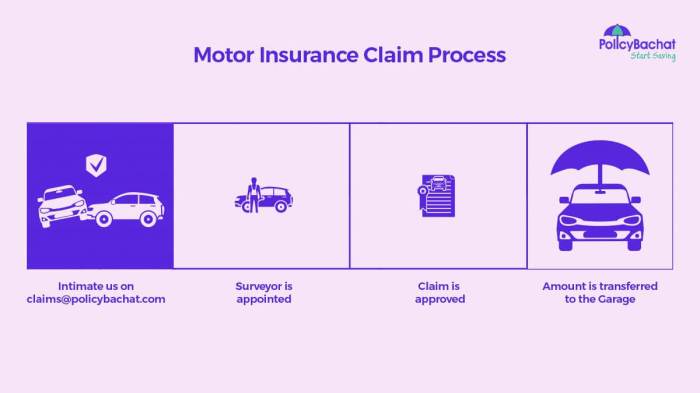
Familiarizing yourself with the nuances of your auto insurance policy is paramount in ensuring a seamless and hassle-free claims process. Auto insurance policies typically encompass a wide range of coverage options, each catering to specific scenarios and eventualities.
Diligently reviewing your policy will unveil the intricacies of your coverage, including the types of incidents covered, the extent of coverage provided, and any limitations or exclusions that may apply. This comprehensive understanding will empower you to assess the scope of your coverage and determine if it adequately aligns with your needs and risk profile.
Types of Auto Insurance Coverage:
- Collision Coverage: Reimburses you for repairs or replacements if your vehicle sustains damage in a collision with another object, regardless of who is at fault.
- Comprehensive Coverage: Protects your vehicle against non-collision-related damages, such as theft, vandalism, fire, natural disasters, and animal collisions.
- Liability Coverage: Provides coverage for bodily injury and property damage caused to others in an accident where you are at fault. It typically includes coverage for medical expenses, lost wages, and legal defense costs.
- Uninsured/Underinsured Motorist Coverage: Compensates you for injuries or damages sustained in an accident caused by a driver who is either uninsured or carries inadequate insurance.
- Personal Injury Protection (PIP) Coverage: Covers medical expenses, lost wages, and other related costs incurred by you or your passengers, regardless of who is at fault in an accident.
Reporting the Claim
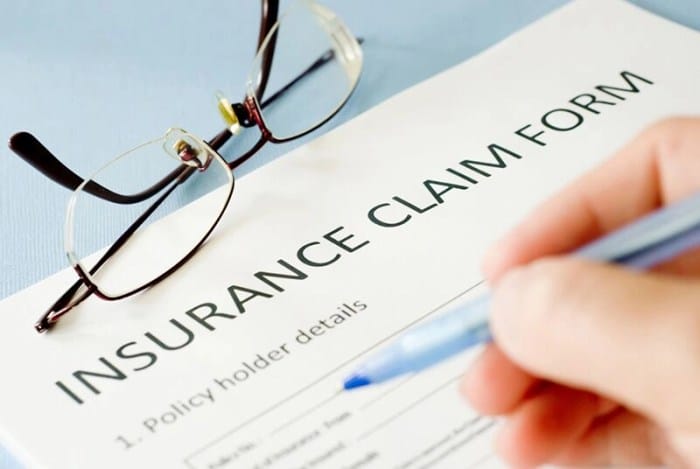
To begin the claims process, you must notify your insurance company about the incident. Various options are available for reporting a claim, ensuring a convenient and efficient process.
Regardless of the method you choose, have the necessary information ready, including your policy number, the date and location of the incident, and details of the damage or loss. This information will help expedite the claims process.
Online Claim Reporting
Many insurance companies offer an online claims reporting platform, allowing you to submit your claim from the comfort of your own home. Typically, you can access this platform by logging into your online account or visiting the company’s website.
- Locate the ‘File a Claim’ or ‘Report a Claim’ section on the website or online portal.
- Provide your policy number and personal information to access the claims form.
- Enter the details of the incident, including the date, time, and location.
- Describe the damage or loss, providing as much detail as possible.
- Upload any supporting documents, such as photos of the damage or repair estimates.
- Submit the claim form and wait for a response from your insurance company.
Phone Claim Reporting
If you prefer to speak with a representative directly, you can call your insurance company’s customer service number. Be prepared to provide the same information as required for online reporting.
- Locate the customer service number on your insurance card or policy documents.
- Call the number and follow the prompts to connect with a claims representative.
- Provide your policy number and personal information to the representative.
- Explain the details of the incident, including the date, time, and location.
- Describe the damage or loss, providing as much detail as possible.
- Answer any questions the representative may have and provide any additional information requested.
Mobile App Claim Reporting
Some insurance companies offer mobile apps that allow you to report a claim from your smartphone or tablet. The process is similar to online reporting, but you can access the claims form and upload documents directly from your mobile device.
- Download the insurance company’s mobile app from the App Store or Google Play.
- Log in to the app using your policy number and personal information.
- Locate the ‘File a Claim’ or ‘Report a Claim’ section in the app.
- Enter the details of the incident, including the date, time, and location.
- Describe the damage or loss, providing as much detail as possible.
- Upload any supporting documents, such as photos of the damage or repair estimates.
- Submit the claim form and wait for a response from your insurance company.
Estimating Damages
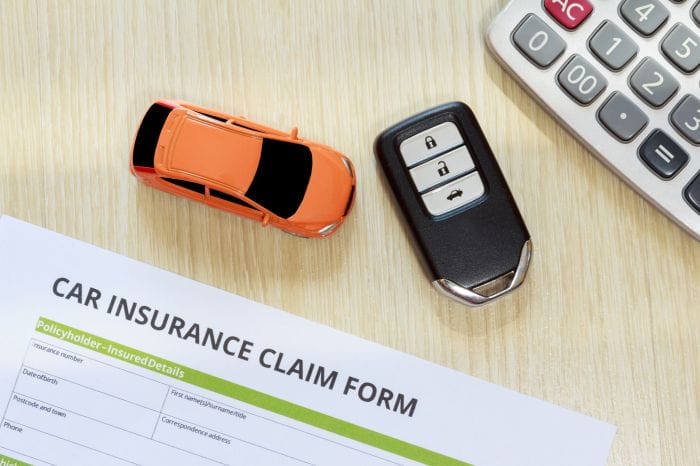
Evaluating the extent of damage to your vehicle is crucial in the auto insurance claim process. Here are tips to help you accurately assess the damages and ensure a fair settlement.
Understanding the severity of the damages is key to determining the necessary repairs or replacements. This assessment aids in determining the repair or replacement costs and ensures appropriate compensation from your insurance provider.
Professional Estimates
In cases of significant damage, it’s advisable to seek professional estimates from qualified repair shops or authorized dealers. These estimates provide detailed assessments of the damages, including the cost of repairs, parts, and labor. Professional estimates are often required by insurance companies to determine the extent of coverage and the amount of compensation.
Communicating with the Insurance Company
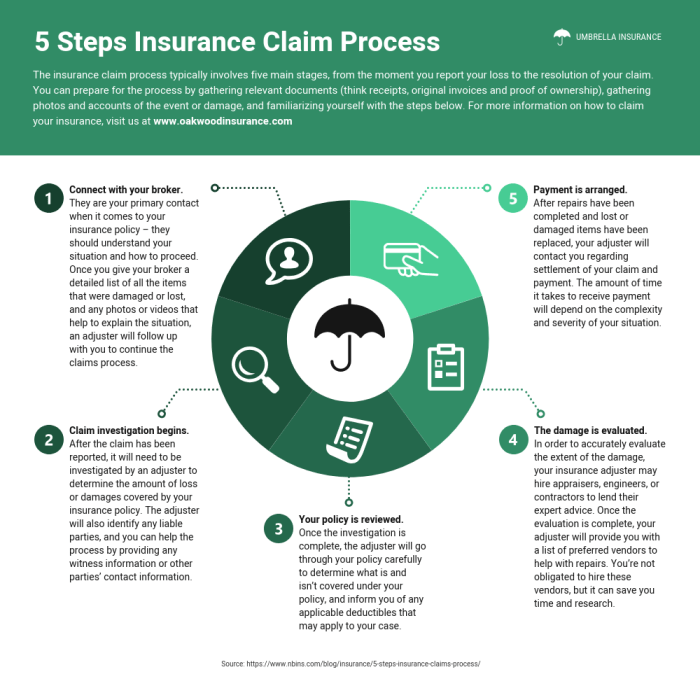
Maintaining open communication with your insurance company throughout the claim process is vital for a smooth and efficient resolution. Proactively engaging with insurance adjusters and representatives can expedite the claim settlement and ensure a favorable outcome.
Effectively Interacting with Insurance Adjusters and Representatives
To ensure effective communication with insurance adjusters and representatives:
- Be Clear and Concise: Provide clear and accurate information about the accident or incident, including the date, time, location, and circumstances. Be concise in your explanations, avoiding unnecessary details.
- Be Organized: Keep all relevant documents, including the accident report, photos, and estimates, well-organized for easy access. This will help you respond promptly to requests for information and avoid delays.
- Be Responsive: Respond promptly to phone calls, emails, or letters from your insurance company. Timely communication demonstrates your commitment to the claim process and helps move things forward.
- Be Cooperative: Provide any requested information or documentation promptly and completely. Cooperating with the insurance company shows your willingness to work together towards a fair settlement.
- Be Polite and Respectful: Maintain a polite and respectful attitude, even if you disagree with the insurance company’s initial assessment or offer. Courtesy can go a long way in fostering a positive relationship and encouraging a fair resolution.
Preparing for Repairs or Replacement
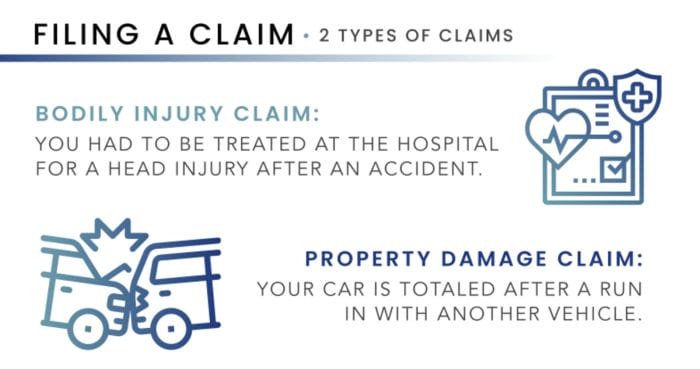
To ensure your vehicle is restored to its pre-accident condition, it’s crucial to carefully select a repair shop or dealership. Here’s a step-by-step guide to help you navigate this process: Research and Recommendations:
- Ask friends, family, or colleagues for recommendations of reputable auto repair shops or dealerships.
- Utilize online platforms like review websites or social media groups to read customer reviews and ratings.
- Check for accreditations and certifications, such as those from the Better Business Bureau (BBB) or the National Institute for Automotive Service Excellence (ASE).
Visit and Inspect:
- Visit the potential repair facility in person to assess its cleanliness, organization, and professionalism.
- Inspect the shop’s equipment and tools to ensure they’re modern and well-maintained.
- Look for certifications and licenses displayed prominently in the shop’s office area.
Obtain Multiple Estimates:
- Request written estimates from at least three different repair shops or dealerships.
- Ensure the estimates include a detailed breakdown of labor costs, parts required, and the total cost.
- Compare the estimates carefully, considering both the cost and the level of detail provided.
Evaluate Repair Options:
- Discuss the repair options with each shop or dealership to understand their proposed approach.
- Consider factors such as the quality of parts used, the warranty provided, and the estimated repair time.
- Make an informed decision based on your budget, preferences, and the reputation of the repair facility.
Navigating the Claim Settlement Process
The claim settlement process in auto insurance involves several steps from the initial assessment to the final payment. Understanding these steps and the importance of reviewing the settlement offer is crucial for a smooth and fair resolution.
Steps Involved in the Claim Settlement Process
- Initial Assessment: The insurance company reviews the claim details, including the accident report, photos, and witness statements. They assess the damages and determine liability.
- Estimation of Damages: The insurance company sends an adjuster to inspect the vehicle and assess the extent of the damages. The adjuster prepares an estimate for the repairs or replacement.
- Settlement Offer: Based on the assessment and the policy coverage, the insurance company presents a settlement offer to the policyholder. This offer may include compensation for repairs, replacement, or other covered expenses.
- Reviewing the Settlement Offer: It’s essential to carefully review the settlement offer before accepting it. The policyholder should ensure that the offer covers the actual cost of repairs or replacement and any additional expenses related to the accident.
- Negotiation: If the policyholder disagrees with the settlement offer, they can negotiate with the insurance company. This negotiation process may involve providing additional documentation or evidence to support the claim.
- Final Payment: Once the settlement is agreed upon, the insurance company issues the final payment to the policyholder. The payment can be made directly to the policyholder or to the repair shop or vendor.
Importance of Reviewing and Understanding the Settlement Offer
- Accurate Compensation: Reviewing the settlement offer ensures that the policyholder receives fair and accurate compensation for the damages and expenses incurred due to the accident.
- Coverage Understanding: By reviewing the offer, the policyholder can verify that the settlement covers all the damages and expenses covered under their insurance policy.
- Negotiation Opportunity: If the policyholder believes the offer is inadequate, they can negotiate with the insurance company for a better settlement.
- Avoiding Disputes: A thorough review of the settlement offer helps avoid disputes or misunderstandings with the insurance company later on.
Dealing with Disputes or Delays

Navigating disputes or delays in the claim settlement process requires a combination of communication, documentation, and potentially seeking external assistance.
When faced with disagreements or delays, it is essential to maintain open communication with your insurance company. Clearly express your concerns and the reasons for your dissatisfaction. Provide any additional information or documentation that may support your claim.
Dispute Resolution Options
If the dispute persists, several options are available for resolving disagreements with the insurance company:
- Internal Dispute Resolution: Engage in further discussions with the insurance company’s claims department or a supervisor to find a mutually agreeable solution.
- Ombudsman: Contact the insurance ombudsman, an independent body that can mediate disputes between policyholders and insurance companies.
- Legal Action: In cases where the dispute remains unresolved, consider seeking legal advice and potentially filing a lawsuit against the insurance company.
Preventing Future Claims
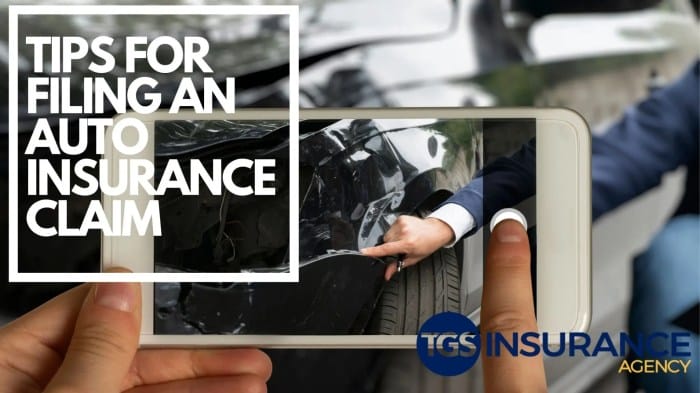
Minimizing auto insurance claims not only saves you money on premiums but also enhances your safety and that of others on the road. Here are some tips to help you avoid common mistakes that can lead to claims:
Safe Driving Practices
Adopting safe driving habits is crucial in preventing accidents and claims. Some key practices include:
- Obey Speed Limits: Adhering to posted speed limits reduces the risk of accidents and helps you maintain control of your vehicle.
- Avoid Distracted Driving: Keep your focus on the road by avoiding cell phone use, texting, eating, or any other activity that diverts your attention.
- Maintain a Safe Following Distance: Leave ample space between you and the vehicle ahead to provide sufficient reaction time in case of sudden stops or emergencies.
- Signal Your Intentions: Use turn signals to communicate your driving maneuvers, allowing other drivers to anticipate your actions and react accordingly.
- Be Defensive: Anticipate potential hazards and take evasive action when necessary. Assume that other drivers may make mistakes, and be prepared to react defensively.
Regular Vehicle Maintenance
Properly maintaining your vehicle not only improves its performance and longevity but also reduces the likelihood of breakdowns or accidents. Some essential maintenance tasks include:
- Regular Oil Changes: Follow the manufacturer’s recommended oil change intervals to ensure your engine is lubricated and functioning properly.
- Tire Care: Check tire pressure regularly and rotate tires as recommended to ensure even wear and optimal performance.
- Brake Inspections: Have your brakes inspected and serviced regularly to ensure they are in good working condition.
- Fluid Levels: Monitor fluid levels, including coolant, brake fluid, and transmission fluid, and replenish as needed.
- Regular Inspections: Schedule regular inspections with a qualified mechanic to identify potential issues early and address them before they become major problems.
Outcome Summary
Remember, being prepared and informed throughout the claims process is key to a favorable outcome. By following the guidance provided in this guide, you can confidently navigate the complexities of auto insurance claims, ensuring a fair and timely resolution.
FAQ Section
Q: What are some common mistakes to avoid when filing an auto insurance claim?
A: Failing to gather all necessary documentation, providing inaccurate information, and delaying the reporting of the claim are common pitfalls to avoid. Additionally, accepting the first settlement offer without careful review and failing to communicate effectively with the insurance company can lead to unfavorable outcomes.
Q: How can I prevent future auto insurance claims?
A: Practicing safe driving habits, adhering to traffic laws, and maintaining your vehicle regularly are proactive measures to minimize the risk of accidents and subsequent claims. Additionally, installing safety features in your vehicle and parking in well-lit areas can further reduce the likelihood of incidents.
Q: What should I do if I disagree with the settlement offer from my insurance company?
A: If you believe the settlement offer is unfair or inadequate, you have the right to dispute it. Contact your insurance company and express your concerns. You may also consider seeking advice from an attorney specializing in insurance law to ensure your rights are protected.



